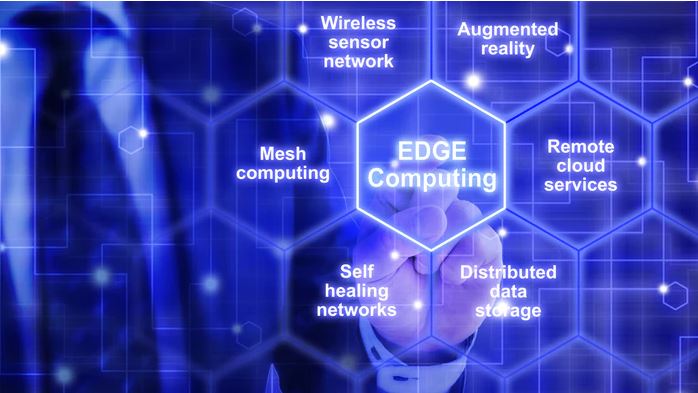Edge Computing is “a distributed, open IT architecture that features decentralized processing power, enabling data to be processed by a device itself or by a local computer or server, rather than being transmitted to a data center.” Edge Computing has gained momentum due to the need for mobile computing and Internet of Things (IoT) technology.
Some of the benefits that manufacturers have found with edge computing are the ability to overcome data transmission bottlenecks, reduced bandwidth demands, and improved cybersecurity. This is what has driven 30% of manufacturers to deploy this and another 60% say their key decision-makers are planning to roll it out in the next 2 years. As with all new processes and implementations, scenario planning is a must to ensure if something unexpected does happen, there is a plan to mitigate it quickly and smoothly.
Some of the pitfalls that must be addressed before implementing edge computing are:
- Know your “why”- make sure the technology can do what you need it to do based on your specific goals and that your systems will enable you to implement this.
- Be realistic– many legacy systems may not be compatible with edge computing and may require a simple rewrite or a complete conversion of your system.
- Pace yourself– “Don’t bite off more than you can chew”. Make sure you don’t go too big too fast. A phased approach is best to build off the learnings from each phase.
While edge computing helps manufacturers leverage some innovative technologies to improve efficiency and data security, they must ensure they can implement them. Vast resources are required from networking to data storage and highly specialized skills. A strong project plan can help manufacturers manage a change like this and an integration partner can ensure that all aspects of the project go as seamlessly as possible.
